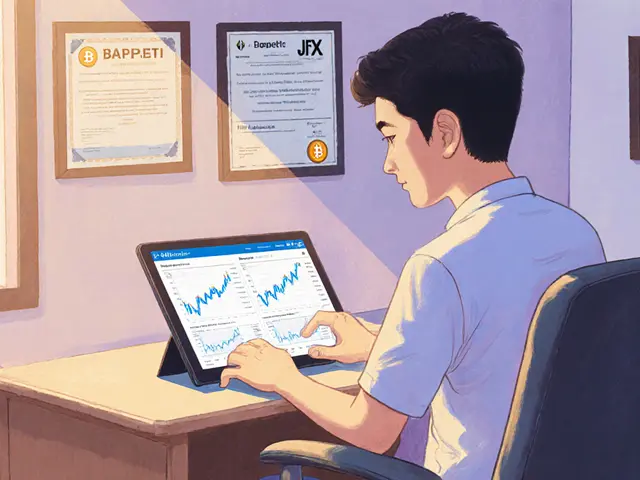Seigniorage Model: The Backbone of Modern Tokenomics
When dealing with seigniorage model, a financial mechanism where new tokens are created to fund a system’s operations or maintain price stability. Also known as seigniorage shares model, it blends economics with code to let a protocol earn revenue directly from token issuance. This approach sits at the core of many algorithmic stablecoins, token‑governed treasuries, and inflation‑targeting designs.
One of the most common companions of a seigniorage model is the algorithmic stablecoin, a crypto asset that maintains a peg through smart‑contract‑driven supply adjustments rather than traditional collateral. By expanding supply when the price drifts above the target and contracting it when below, the protocol uses seigniorage to fund the expansion phase, often rewarding holders of a secondary token that absorbs the newly minted units. This creates a built‑in incentive loop: participants who believe in the peg buy the share token, while the system mints stablecoins to cover demand.
How Inflation and Treasury Design Fit In
Another key player is inflationary monetary policy, the deliberate rise in money supply to stimulate economic activity or support a peg. In a seigniorage framework, controlled inflation isn’t a bug; it’s a feature. The protocol decides a yearly inflation rate, translates it into new token issuance, and directs the proceeds to a treasury. The treasury then funds development, liquidity incentives, or buys back share tokens, creating a self‑sustaining ecosystem.
The treasury itself becomes a strategic entity. Its attributes include the set of assets it holds (often the native token, governance tokens, or reserve assets), the allocation rules for spending (e.g., dev grants, staking rewards, market making), and the mechanisms for returning value to users (like buy‑backs). By linking treasury inflows directly to seigniorage, the system ensures that growth funds are always available, as long as the market trusts the peg.
Tokenomics, the broader study of how tokens are created, distributed, and utilized, naturally intertwines with the seigniorage model. Key attributes such as supply elasticity, reward rates for share token holders, and burn mechanisms define the user experience. When a protocol announces a 5% annual seigniorage rate, that figure instantly informs investors about expected dilution, potential returns, and the health of the peg‑maintenance engine.
Real‑world examples illustrate these connections. Protocol X uses a seigniorage model where every time the stablecoin trades above $1, it mints a fixed percentage of new tokens and allocates them to a governance token that accrues value. Protocol Y, on the other hand, employs a dual‑token system: a stablecoin and a “seigniorage share” token that captures the profit from supply expansions, letting holders benefit from both price stability and growth.
Beyond stablecoins, the seigniorage concept appears in community‑funded projects. Some decentralized autonomous organizations (DAOs) adopt a model where network fees are minted as new tokens and funneled into a community treasury. This treasury then finances grants, marketing, or infrastructure upgrades, creating a feedback loop that fuels further activity and token demand.
Understanding how these pieces fit together helps you evaluate any project that mentions a seigniorage model. Ask yourself: What is the target peg? How does the protocol decide when to mint? Which token absorbs the newly created supply? Where does the revenue go? How transparent are the treasury’s spending reports? Answers to these questions reveal whether the system is robust or merely a theoretical construct.
Below you’ll find a curated list of articles that dive deeper into specific tokens, airdrop opportunities, regulatory impacts, and technical guides—all tied back to the seigniorage model and its ecosystem. Whether you’re curious about OSEAN’s yacht‑tokenization, stablecoin use cases, or the latest blockchain validator guides, the collection offers practical insights that build on the concepts introduced here.

Learn how algorithmic stablecoins maintain a dollar peg using supply‑adjusting algorithms, key models, real examples, risks, and future outlook.
Jonathan Jennings Apr 4, 2025




